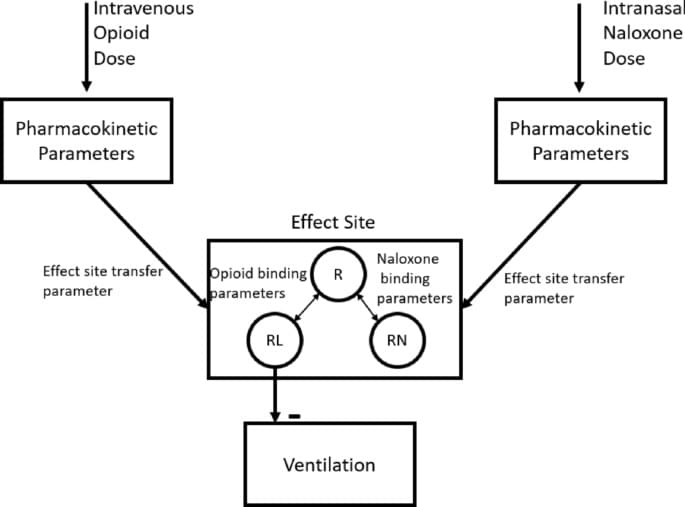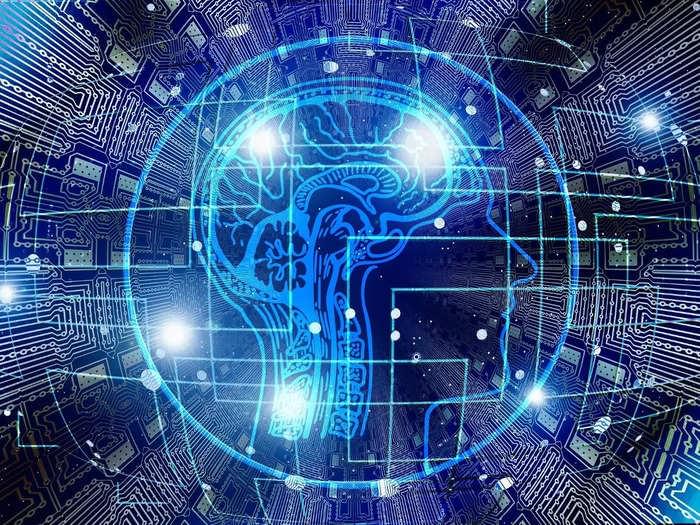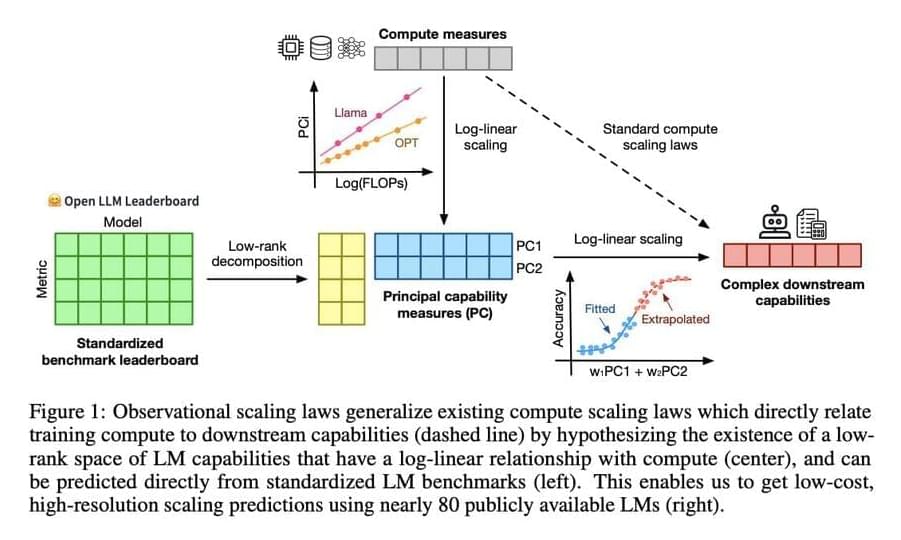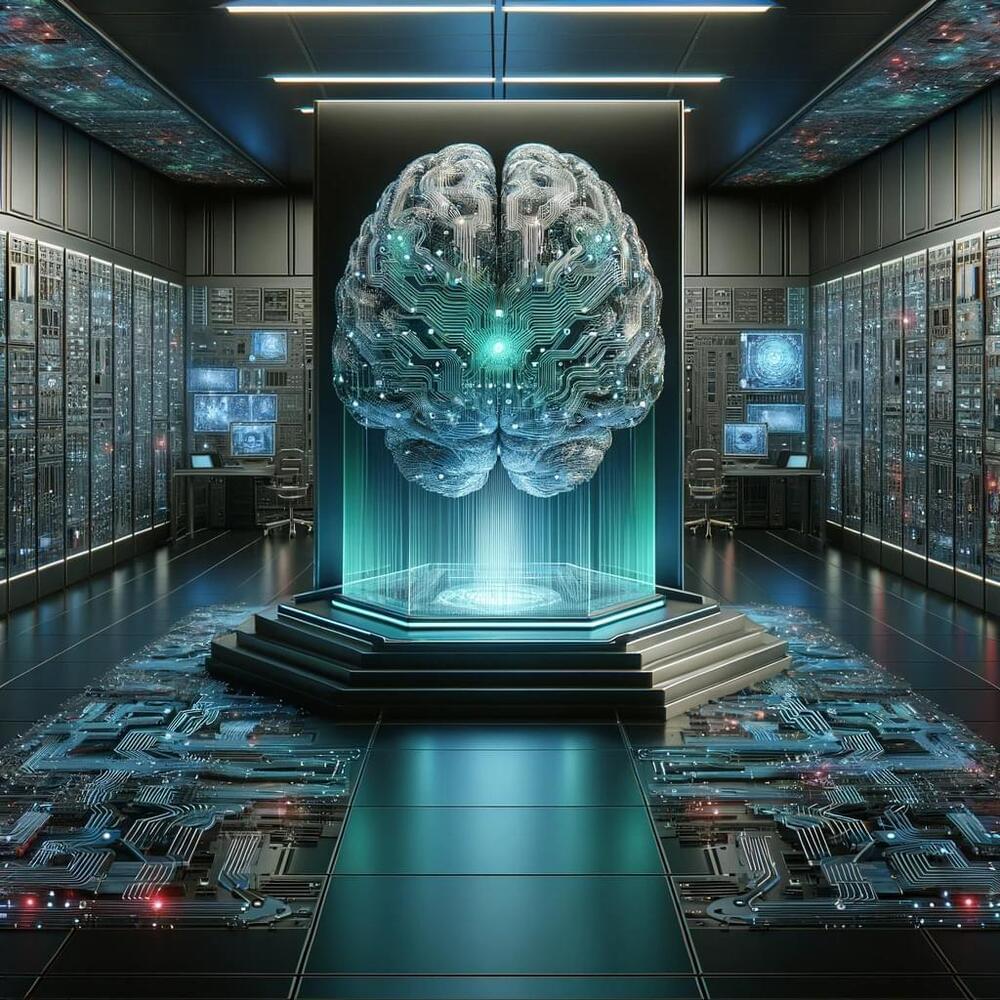At the South Korean tech giant’s headquarters, people can get a unique Starbucks experience with 100 robots serving customers daily.
Category: robotics/AI – Page 643
Lizard-like robot climbs walls with insect-inspired passive grippers
This bio-inspired robot, with passive grippers, climbs rocks and walls effortlessly.
Researchers create a bio-inspired robot with passive grippers and optimized climbing ability for rough rocks and cinder block walls.

Mechanism-based organization of neural networks to emulate systems biology and pharmacology models
Mann, J., Meshkin, H., Zirkle, J. et al. Mechanism-based organization of neural networks to emulate systems biology and pharmacology models. Sci Rep 14, 12,082 (2024). https://doi.org/10.1038/s41598-024-59378-9

AI-Powered Fusion: The Key to Limitless Clean Energy
Researchers at the Princeton Plasma Physics Laboratory are harnessing artificial intelligence and machine learning to enhance fusion energy production, tackling the challenge of controlling plasma reactions. Their innovations include optimizing the design and operation of containment vessels and using AI to predict and manage instabilities, significantly improving the safety and efficiency of fusion reactions. This technology has been successfully applied in tokamak reactors, advancing the field towards viable commercial fusion energy. Credit: SciTechDaily.com.
The intricate dance of atoms fusing and releasing energy has fascinated scientists for decades. Now, human ingenuity and artificial intelligence are coming together at the U.S. Department of Energy’s (DOE) Princeton Plasma Physics Laboratory (PPPL) to solve one of humankind’s most pressing issues: generating clean, reliable energy from fusing plasma.
Unlike traditional computer code, machine learning — a type of artificially intelligent software — isn’t simply a list of instructions. Machine learning is software that can analyze data, infer relationships between features, learn from this new knowledge, and adapt. PPPL researchers believe this ability to learn and adapt could improve their control over fusion reactions in various ways. This includes perfecting the design of vessels surrounding the super-hot plasma, optimizing heating methods, and maintaining stable control of the reaction for increasingly long periods.

When AI ‘hallucinates’: Here’s why Google’s AI Overview appears to be generating inaccurate results
Less than two weeks after Google introduced “AI Overview” in its search engine, the feature is facing public criticism due to ‘nonsensical and inaccurate’ responses without an option for users to opt-out. Social media users have highlighted numerous instances where the tool has given incorrect, even controversial answers. Why is this happening?
How to Make AI Work for Small Businesses
Small businesses are an important part of society and AI is becoming just as important. Here is how artificial intelligence can help them.

This Machine Learning Paper from Stanford and the University of Toronto Proposes Observational Scaling Laws: Highlighting the Surprising Predictability of Complex Scaling Phenomena
Language models (LMs) are a cornerstone of artificial intelligence research, focusing on the ability to understand and generate human language. Researchers aim to enhance these models to perform various complex tasks, including natural language processing, translation, and creative writing. This field examines how LMs learn, adapt, and scale their capabilities with increasing computational resources. Understanding these scaling behaviors is essential for predicting future capabilities and optimizing the resources required for training and deploying these models.
The primary challenge in language model research is understanding how model performance scales with the amount of computational power and data used during training. This scaling is crucial for predicting future capabilities and optimizing resource use. Traditional methods require extensive training across multiple scales, which is computationally expensive and time-consuming. This creates a significant barrier for many researchers and engineers who need to understand these relationships to improve model development and application.
Existing research includes various frameworks and models for understanding language model performance. Notable among these are compute scaling laws, which analyze the relationship between computational resources and model capabilities. Tools like the Open LLM Leaderboard, LM Eval Harness, and benchmarks like MMLU, ARC-C, and HellaSwag are commonly used. Moreover, models such as LLaMA, GPT-Neo, and BLOOM provide diverse examples of how scaling laws can be practiced. These frameworks and benchmarks help researchers evaluate and optimize language model performance across different computational scales and tasks.

Neuromorphic computing: merging artificial intelligence and the human brain
Neuromorphic computing represents an exciting crossover between technology and biology, a frontier where computer science meets the mysteries of the human brain. Designed to mimic the way humans process information, this technology holds the promise to stir a revolution everywhere, from artificial intelligence to robotics. But what exactly is neuromorphic computing and why is it taking the center stage?
SWE-Agent
Agent-computer interfaces enable software automated software engineering.
SWE-agent is our new system for autonomously solving issues in GitHub repos.
Web site created using create-react-app.
